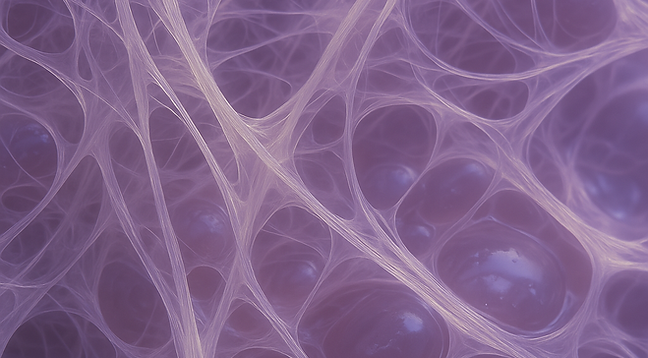Myofascial Release
We specialize in John F. Barnes Myofascial Release , a gentle yet effective hands-on therapy that targets fascial restrictions to relieve pain, restore mobility, and promote natural healing. This approach helps release deep tension and improve overall well-being.
®

What is Fascia?
Fascia is a thin casing of connective tissue that surrounds and is within every organ, blood vessel, bone, nerve fiber and muscle in the body. When you experience a trauma, either physical or emotional, it affects the fascia. Fascia can put as much as 2000 pounds of pressure per square inch on your cells. This may cause you immediate pain, or it may take years of small changes to your fascia to cause symptoms.
Myofascial Release is the only manual therapy that can permanently change the fascial layers to relieve pain and restore function. At Myofascial Therapy Center we are passionate about Myofascial Release! We can help you on your path to healing and teach you the skills you need to continue helping yourself.
What is the John F. Barnes Myofascial Release Approach ?
The John Barnes Myofascial Release (MFR) Approach® is a specialized, hands-on therapy technique designed to release restrictions in the fascia and restore proper movement and function throughout the body. Developed by physical therapist John F. Barnes, this method focuses on the treatment of fascial restrictions, which can result from trauma, poor posture, inflammation, or other factors that lead to tightness, pain, and reduced mobility.
Barnes’ approach to myofascial release is based on the idea that fascia is a continuous, interconnected network throughout the body. When one part of this fascial network becomes restricted or "stuck," it can create tension that affects not just the local area but also other regions of the body. MFR therapy seeks to release these restrictions and allow for better movement, improved circulation, and overall pain relief.
Key features of the John F. Barnes Myofascial Release Approach include:
1. Gentle, Sustained Pressure
Unlike more forceful or deep tissue techniques, MFR involves applying gentle, sustained pressure to the fascial tissue. The goal is to allow the fascia to release and unwind gradually, helping to restore its natural length and flexibility. This slow and methodical approach ensures that the fascial tissue is given time to respond and release, rather than forcing it to release abruptly, which can sometimes cause further trauma.
2. Targeting the Fascia, Not Just the Muscles
While many physical therapy techniques focus primarily on muscles, John Barnes’ approach emphasizes the treatment of fascia as the primary driver of many musculoskeletal issues. By directly addressing fascial restrictions, MFR aims to eliminate pain and improve mobility by working on the connective tissue that surrounds and supports muscles, organs, and bones.
3. Whole-Body Focus
MFR is not just about treating the area where the pain is felt. Since fascia is a network that spans the entire body, restrictions in one area can affect other areas. John Barnes’ approach emphasizes a whole-body assessment, treating the body as a unit rather than isolating specific symptoms. This holistic approach addresses the interconnected nature of the fascial system, helping to resolve not only the symptoms but also the underlying causes of pain and dysfunction.
4. Treating the Source of Pain
Fascia restrictions are often the root cause of chronic pain, discomfort, and mobility issues. The Barnes method seeks to identify and treat the source of pain, which might not always be located where the pain is experienced. For example, a restriction in the fascial tissue around the pelvis can contribute to lower back pain, even though the back might be the area where symptoms are most prominent. By targeting these hidden restrictions, MFR aims to resolve pain at its source.
5. Long-Term Relief
The gentle, slow-release technique of MFR encourages lasting changes in the fascia, providing not just temporary relief but long-term improvement in flexibility, movement, and pain reduction. Clients often experience significant improvement after several MFR sessions, with many reporting enhanced mobility, decreased pain, and an overall sense of well-being.
6. Empowering the Body's Healing Process
MFR empowers the body’s natural healing process. By reducing fascial restrictions and restoring normal function, MFR allows the body to heal itself. This approach works in harmony with the body’s own systems, rather than forcing or manipulating tissues, which helps promote a more sustainable, natural recovery.
The John Barnes Myofascial Release Approach® has been used to treat a variety of conditions, including chronic pain, fibromyalgia, headaches, back pain, post-surgical restrictions, sports injuries, and much more. Whether you’re dealing with a specific injury or general tightness and discomfort, MFR offers a non-invasive, gentle, and effective method for improving your body’s health and function.
